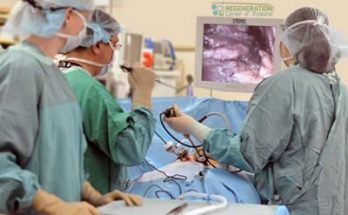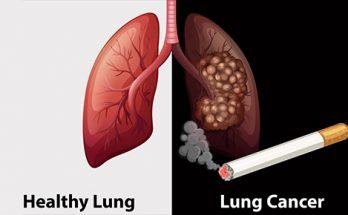“Scarring of the lung” is a term often used by patients and doctors. But what exactly is scarring of the lung and how does it happen?
The medical term used for scarring is fibrosis. Scarring typically occurs in response to an injury (eg a flesh wound). During scarring or fibrosis, cells known as fibroblasts are stimulated and they produce excess connective tissue (scar tissue). This scar tissue is not the same as ‘normal’ body tissue – it cannot function and is not elastic. This causes problems in organs such as the lungs which require a large amount of tissue in order to take up oxygen and remove carbon dioxide.
The non elastic nature of scar tissue also causes problems in the lungs as they are continually expanding and contracting in order to move air in and out of the lungs. Excess scar tissue makes the lungs ‘stiff’ and less able to draw air in. This is why patients with pulmonary fibrosis can struggle to breath and feel very breathless.


